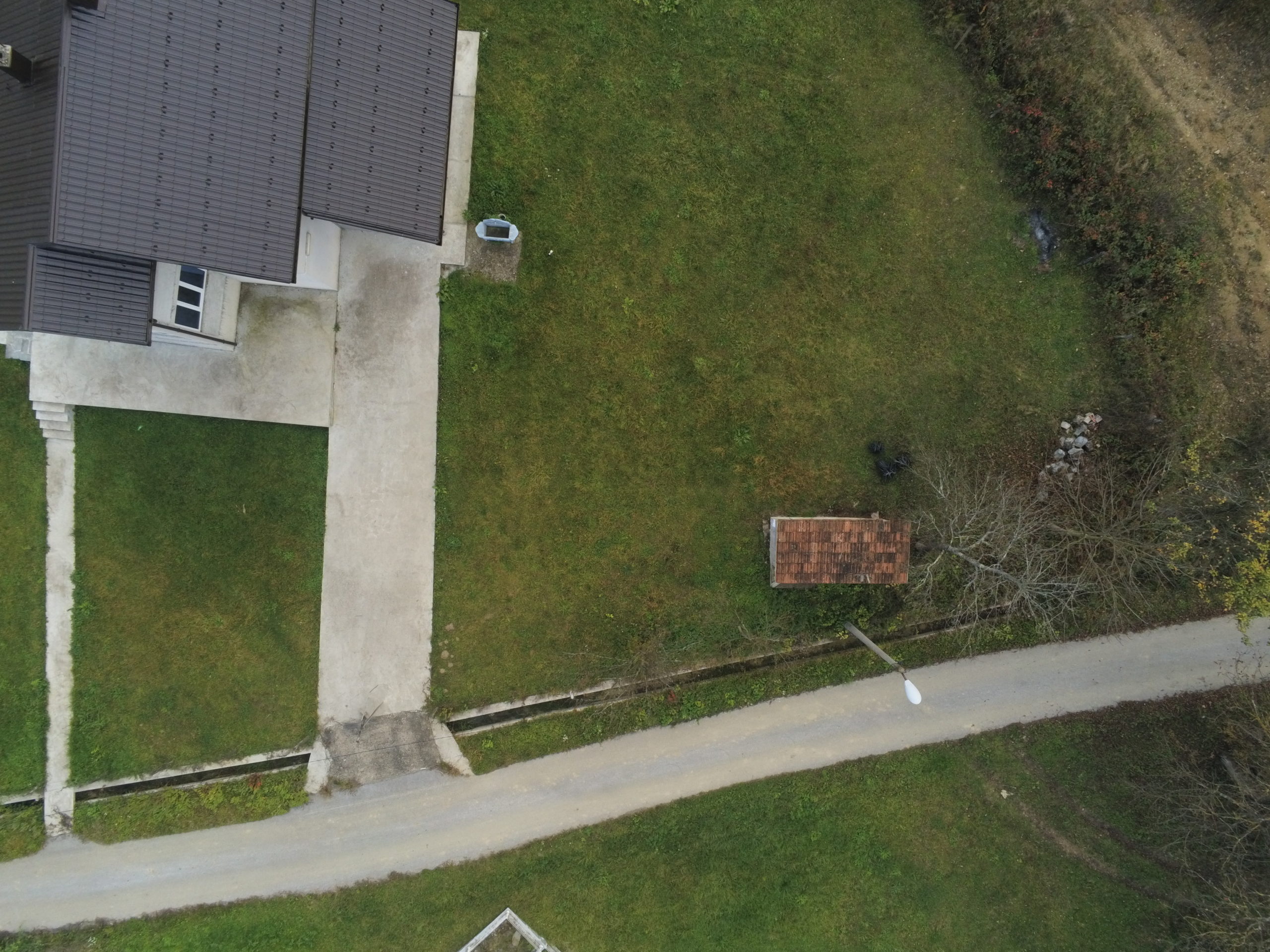Zeleni Jadar is an area some 20 kilometres south of Srebrenica in eastern Bosnia where at least seven clandestine gravesites were found, all of them secondary mass graves. The first one discovered, known as Zeleni Jadar 5, was found in 1998, yielded the remains of people killed during the Srebrenica genocide in July 1995.
The area remains unmarked – clandestine grave sites were scattered along both sides of the road, some of them deeper into a forest, some in fields, some close to the river that bears the same name as the area, Jadar.
Many of the body parts found in the graves in Zeleni Jadar matched remains found at the Glogova 1 and 2 gravesites. At all of the Zeleni Jadar graves – Zeleni Jadar 1A, 1B, 2, 3, 4, 5, and 6 – links with the Glogova 1 primary grave were established through the identification of body parts belonging to the same individuals found in both the Glogova 1 grave and one of the secondary graves.
At the beginning of the excavation, forensic teams from the International Criminal Tribunal for the Former Yugoslavia, ICTY noted that most of the bodies found were incomplete, while clothing was present on most of the bodies and relatively few had personal possessions like watches, jewellery, smoking-related items and papers.
The age of the victims found ranged from eight to 65. One of the youngest victims found was a 14-year-old, Senad Beganovic, whose body parts were found in four mass graves including the Zeleni Jadar 5 site.
According to the ICTY forensic report, most of the victims had gunshot wounds, while a few had injuries from explosions and explosive devices.
At Zeleni Jadar, seven gravesites can be linked to executions at a warehouse at a farm in Kravica, close to the town of Bratunac. On July 13 and 14, 1995, Bosnian Serb forces killed 1,313 Bosniaks in Kravica.
Remains of the victims of a separate mass shooting in a hangar behind the Vuk Karadzic school in Bratunac, where 400 Bosniaks were detained on July 13, 1995, were also found at Zeleni Jadar.
So far, the ICTY and domestic courts in the Balkans have sentenced a total of 47 people to more than 700 years in prison, plus five life sentences, for Srebrenica crimes.




